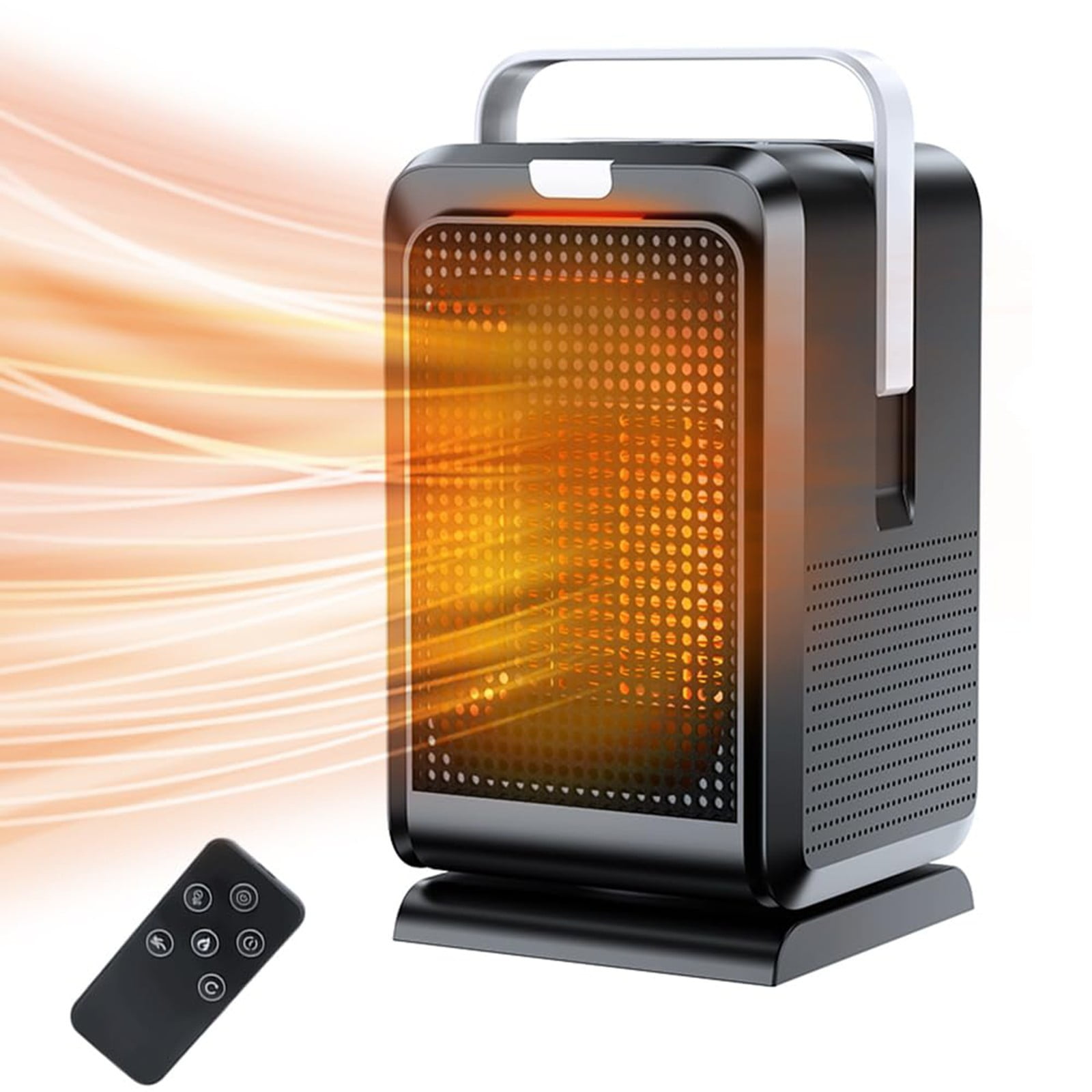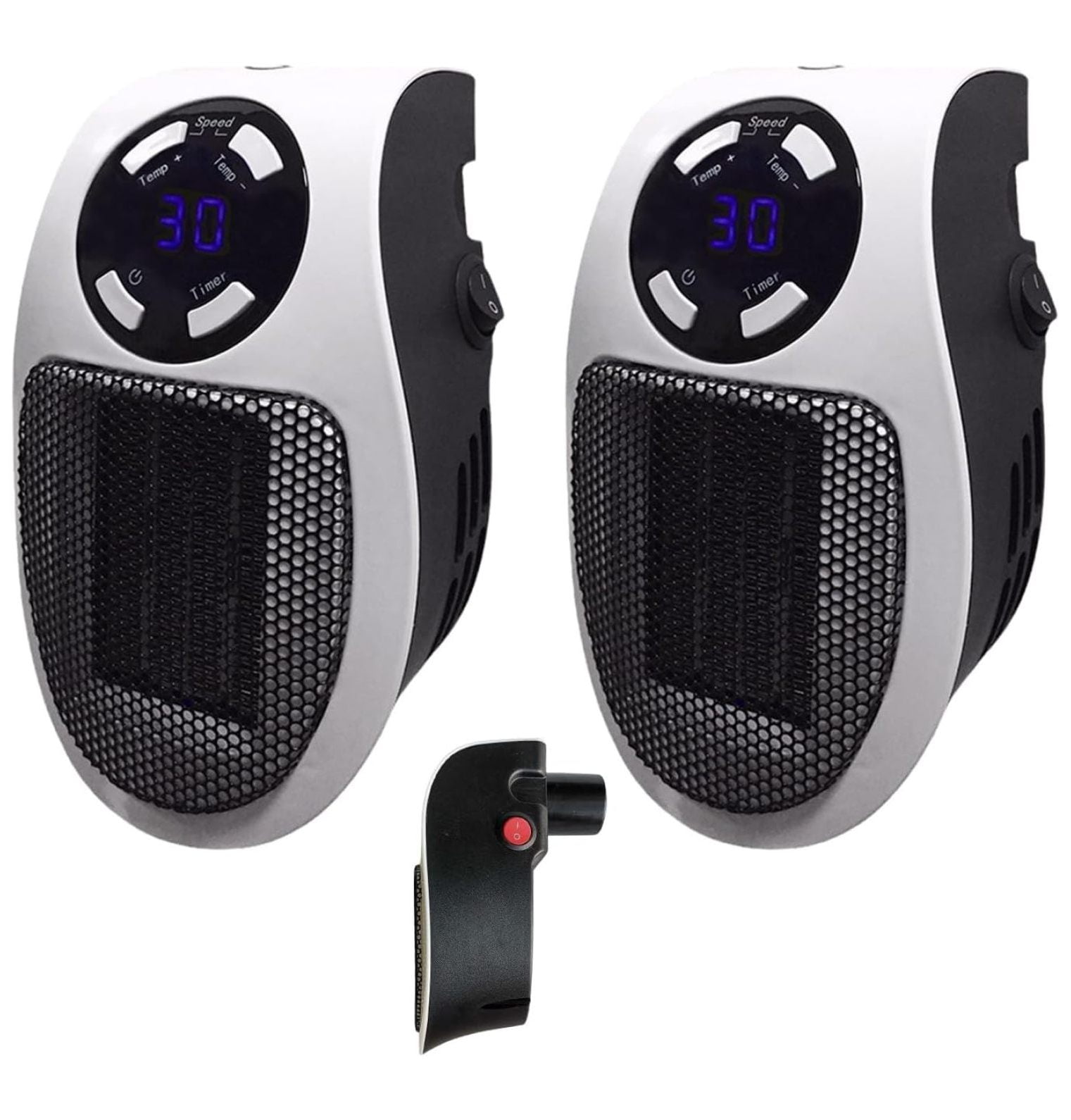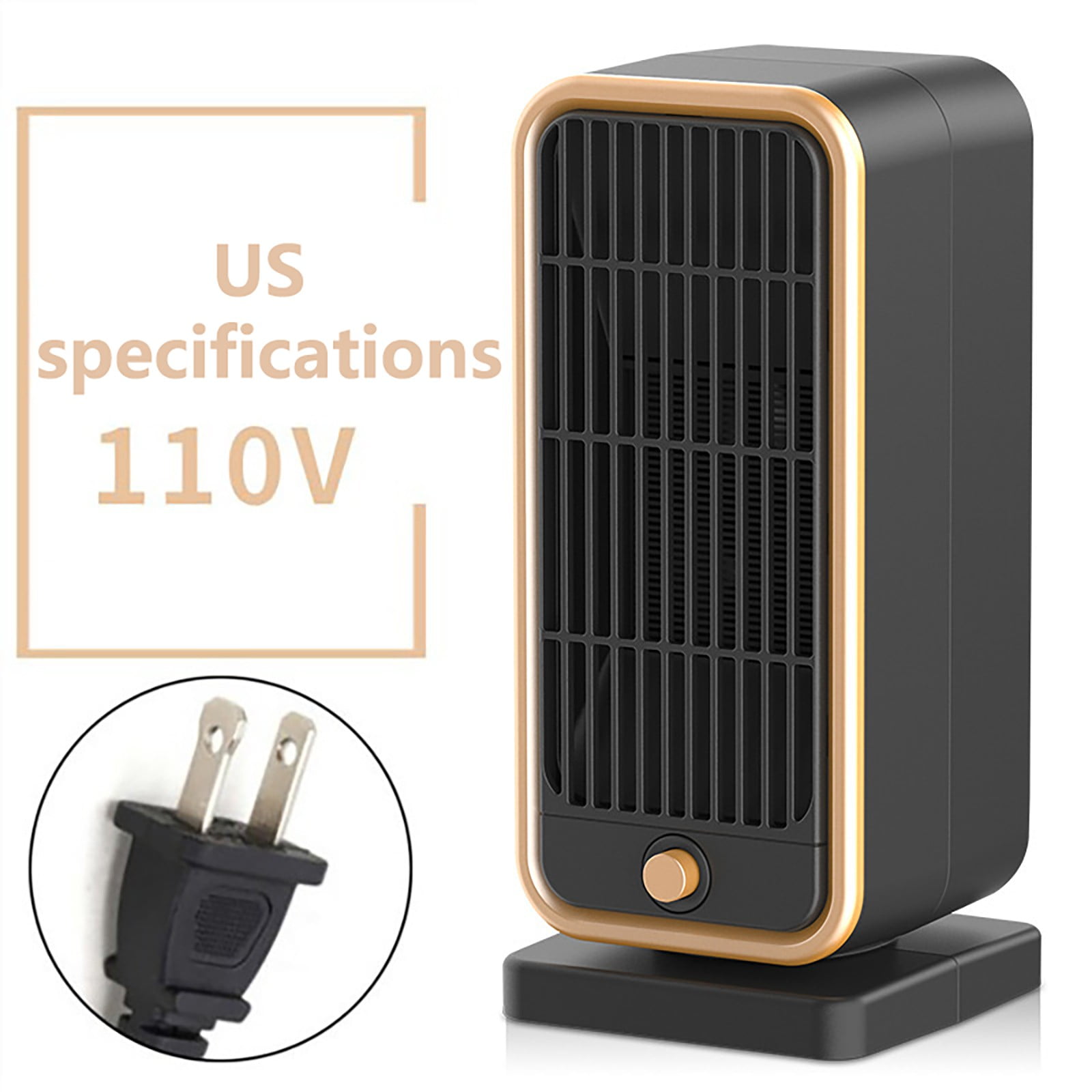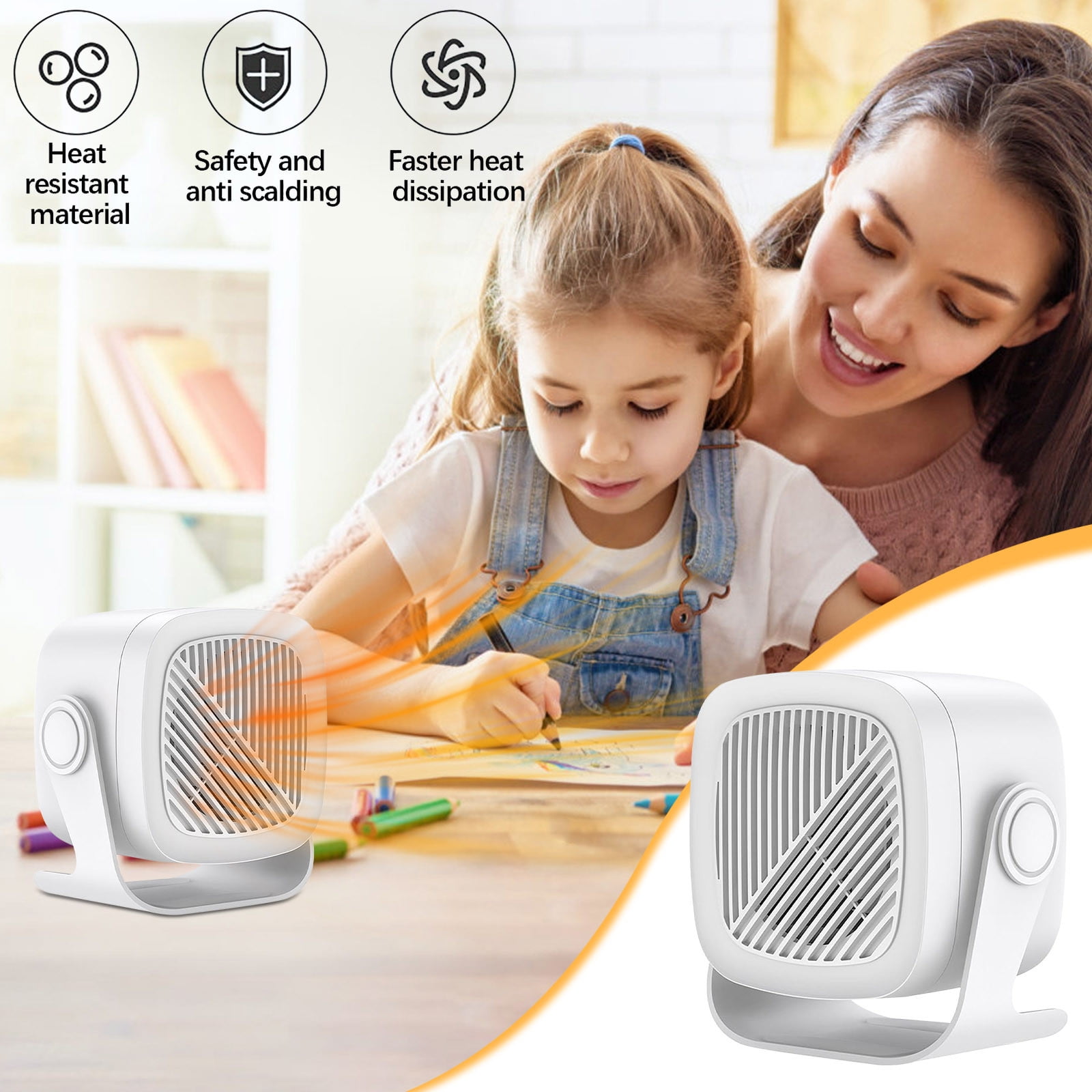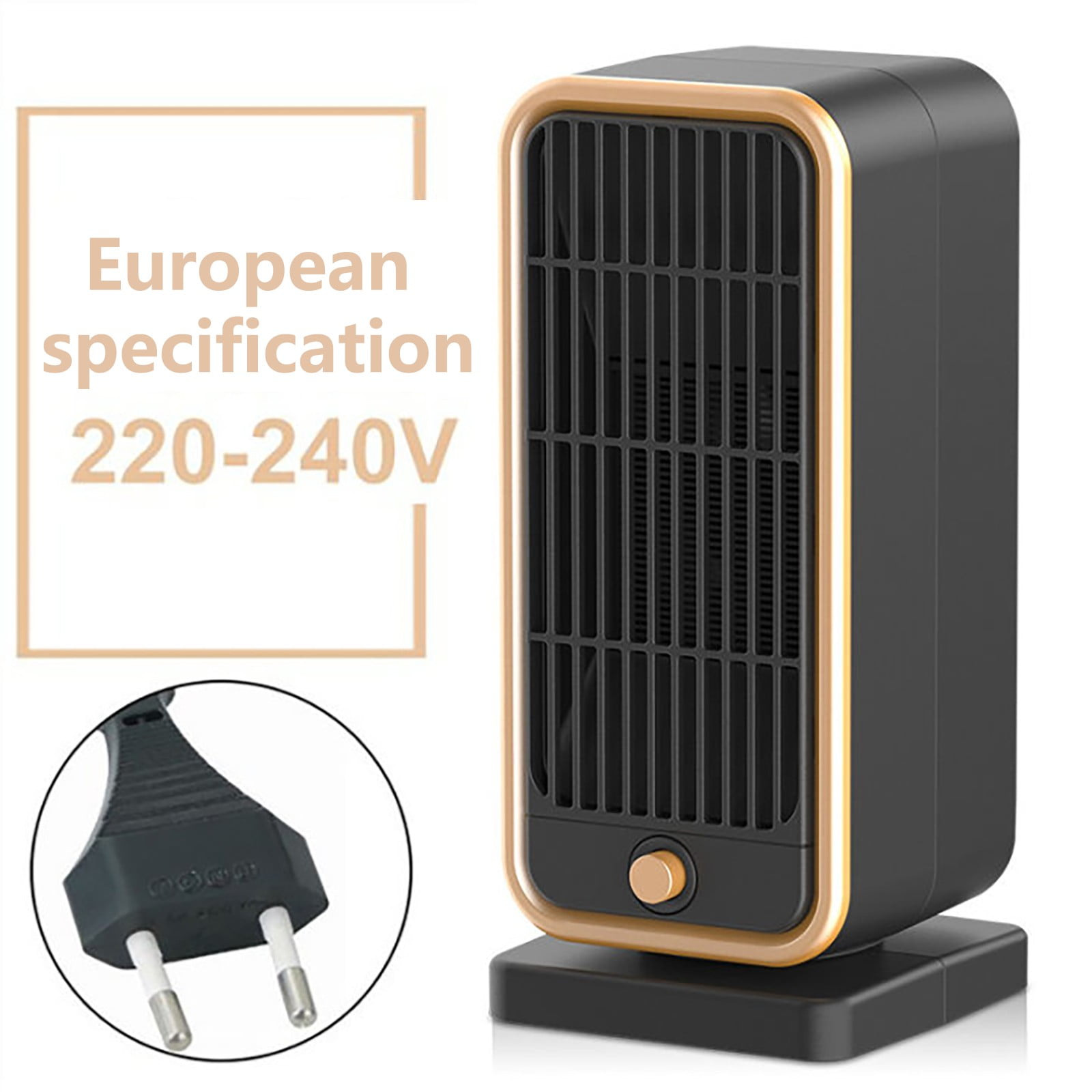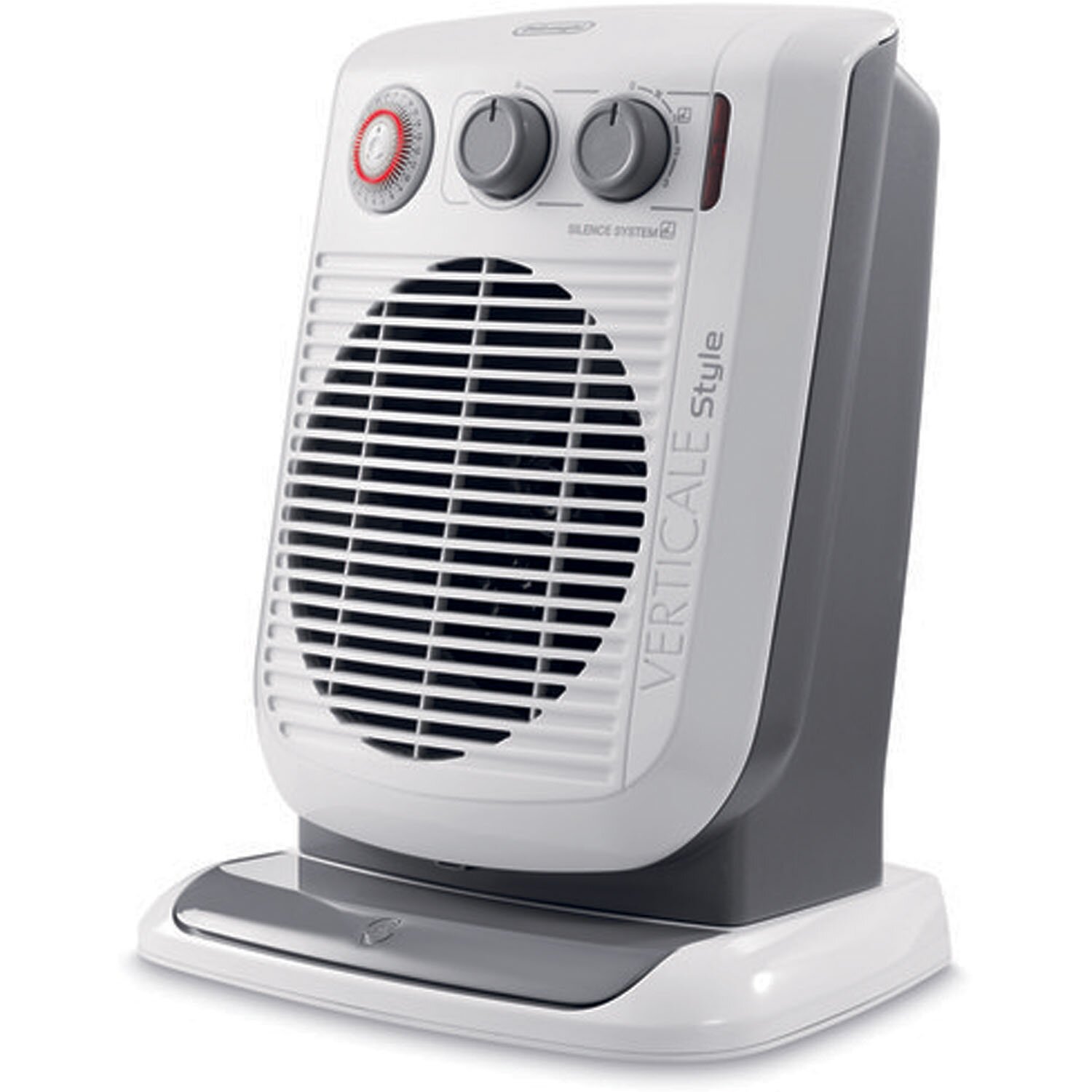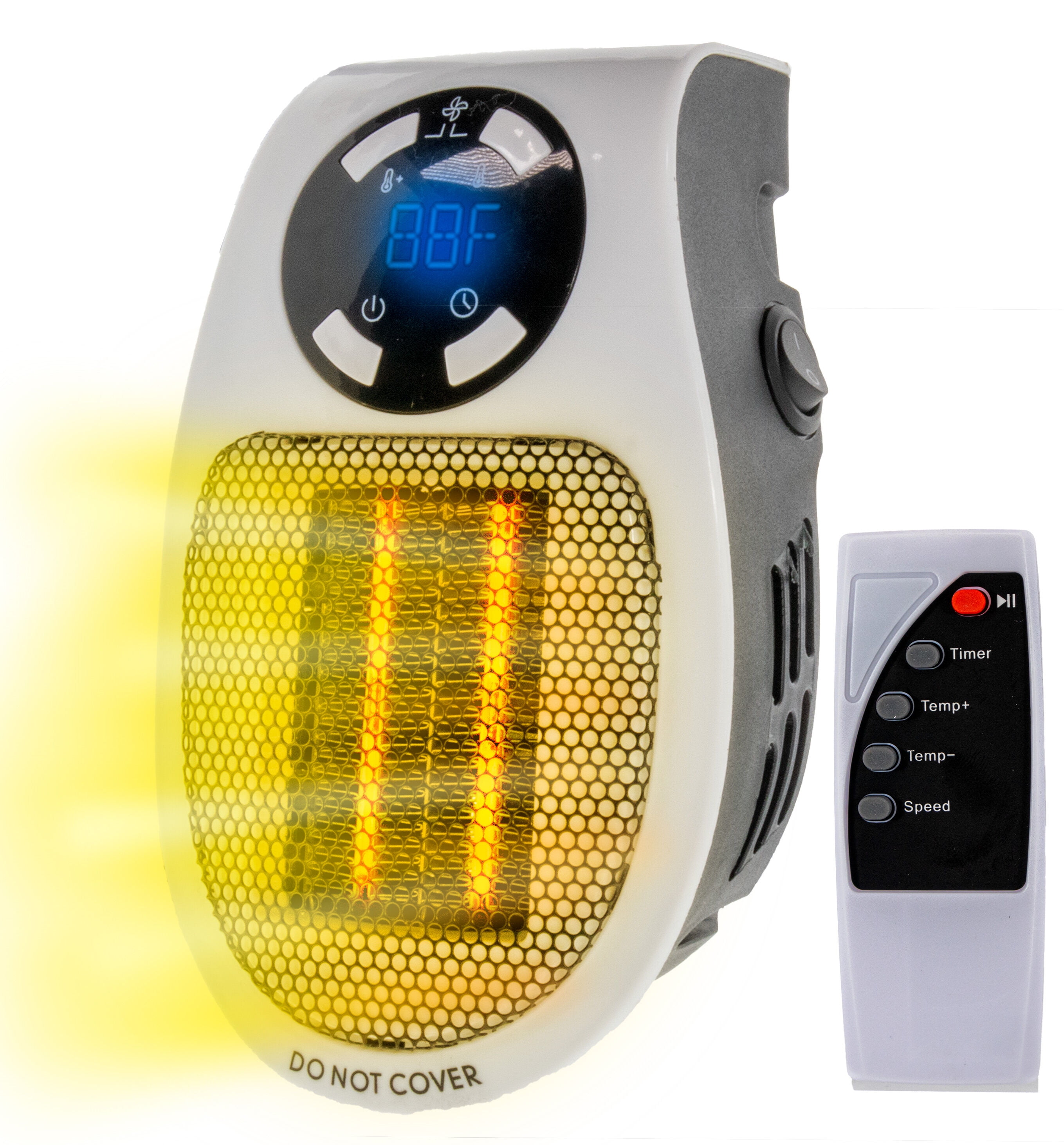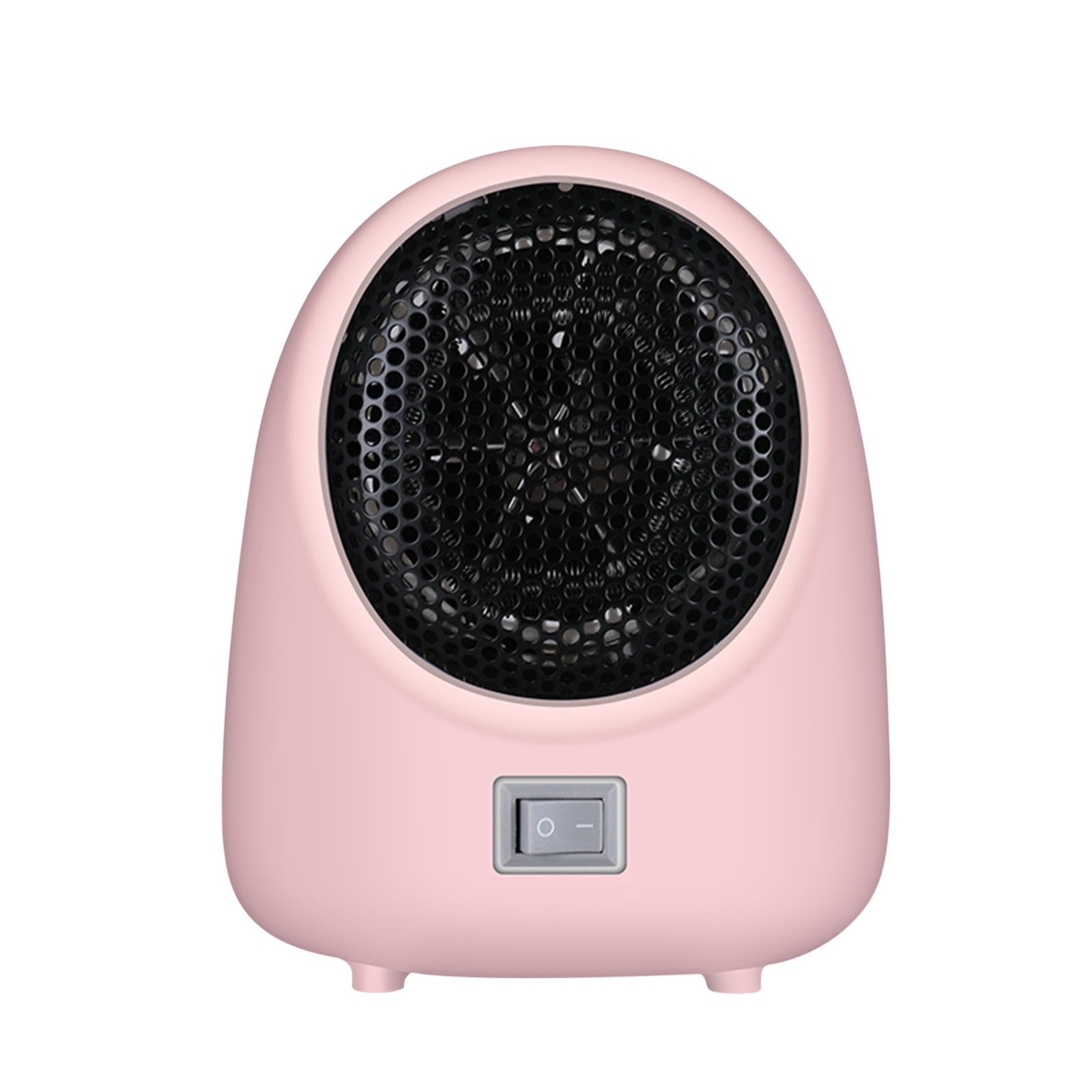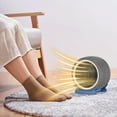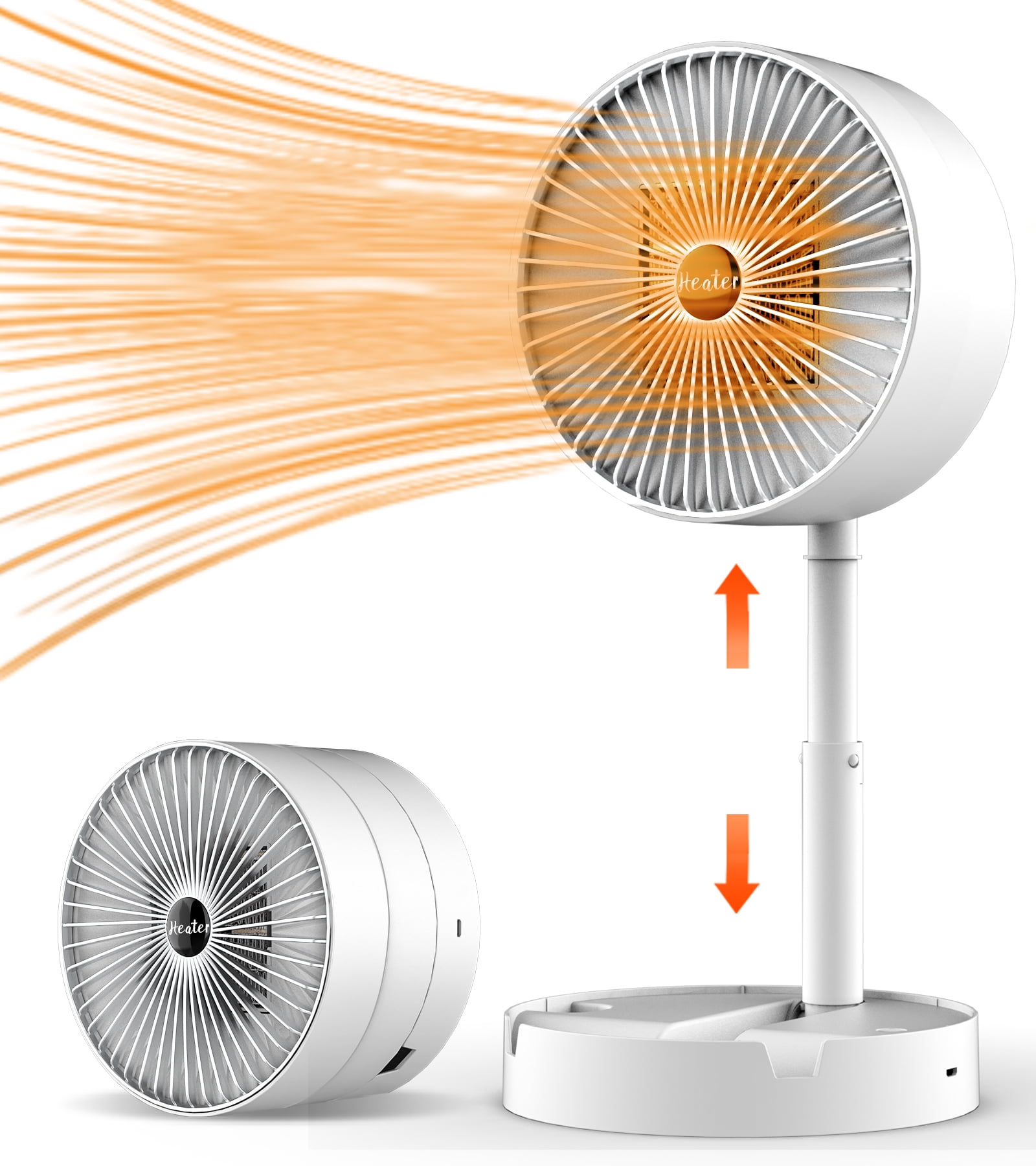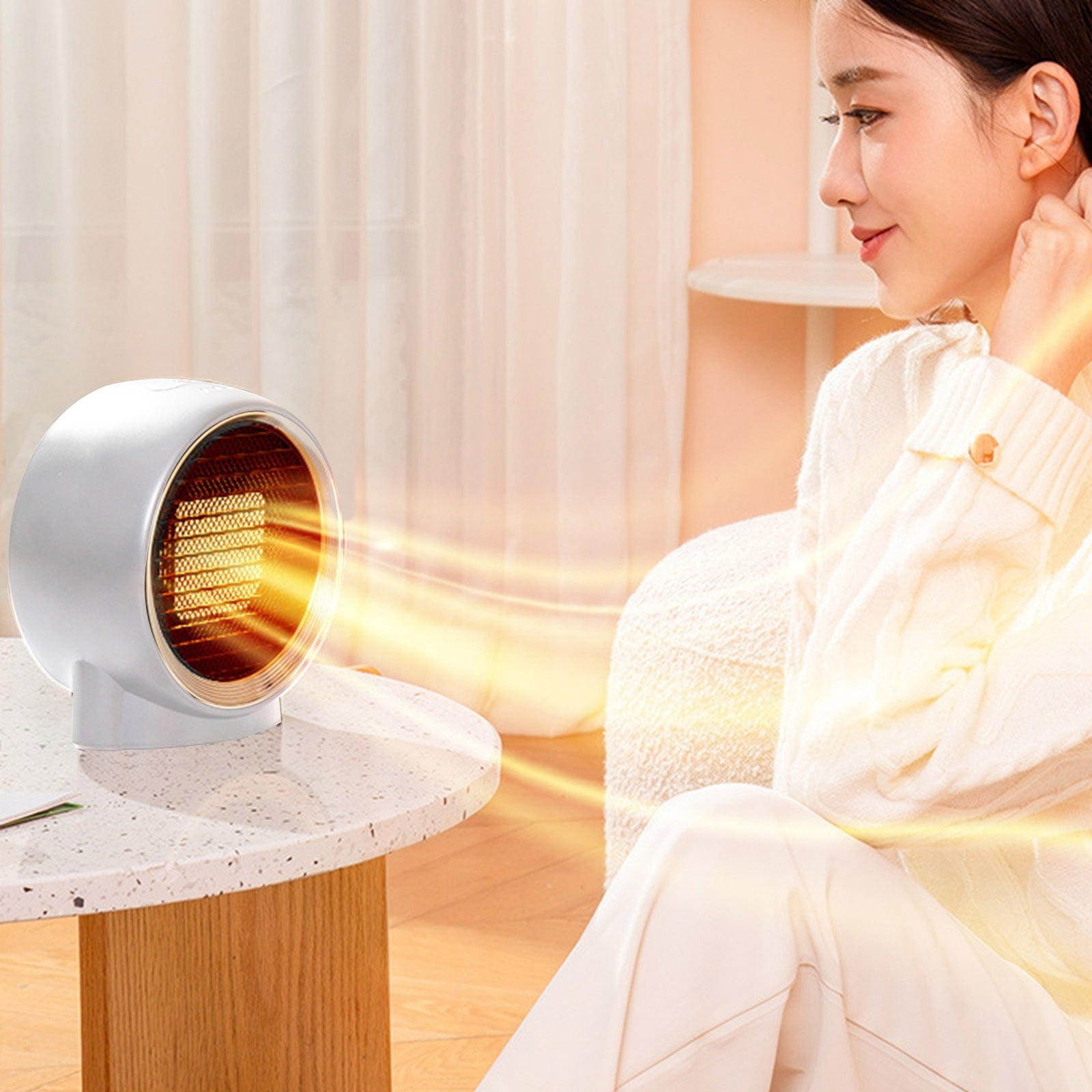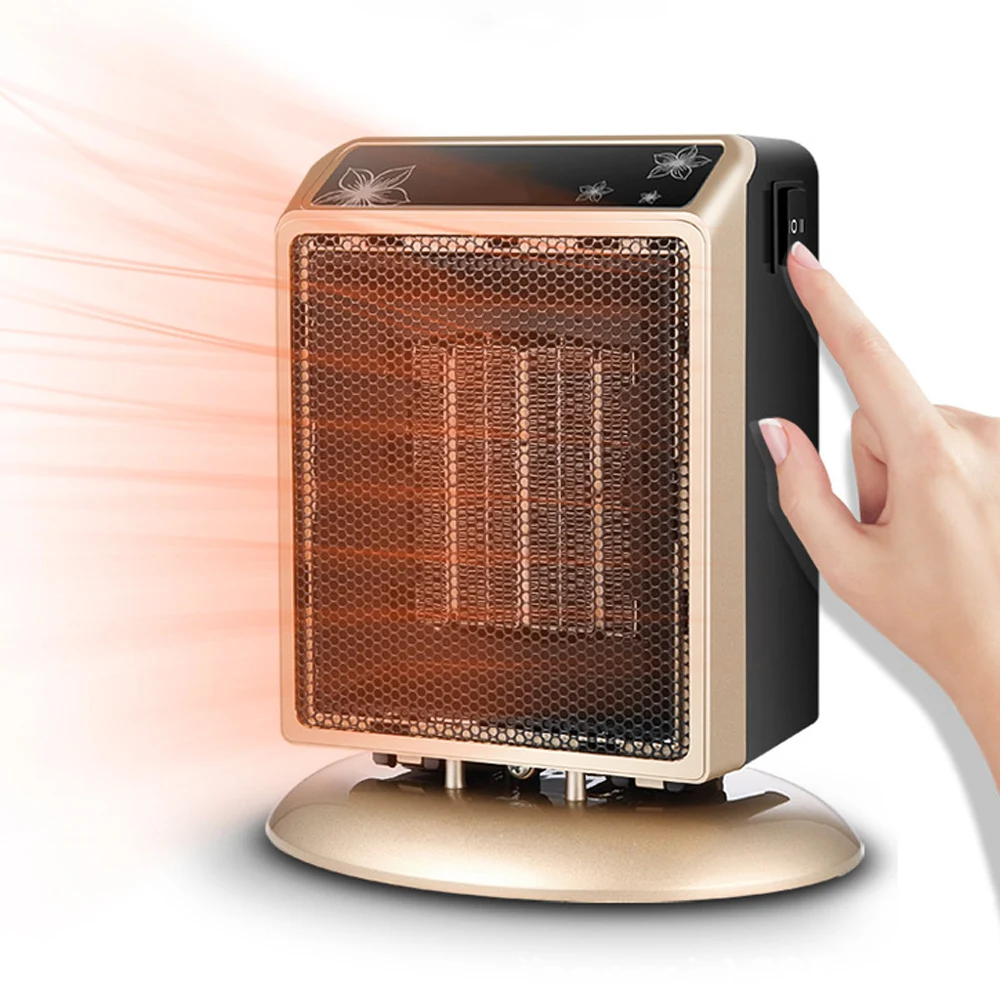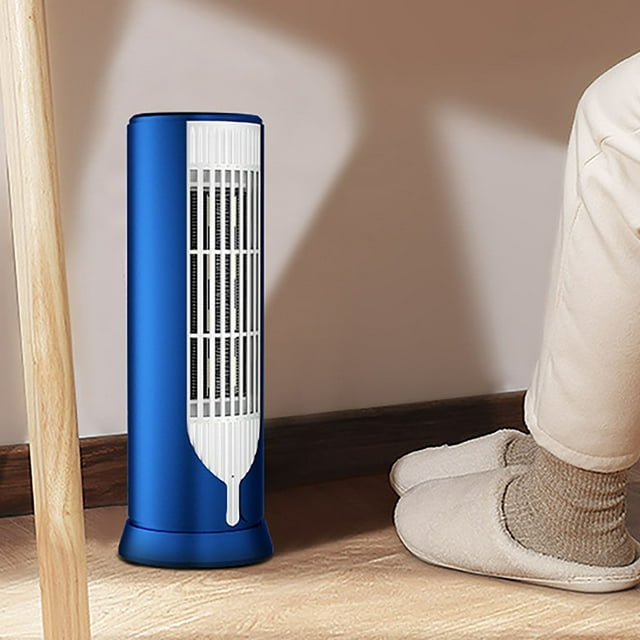Small Portable Heater For Bathroom

The sharp nip of winter air turning a simple shower into a teeth-chattering ordeal has fueled a surge in demand for small, portable bathroom heaters. Concerns surrounding safety, energy efficiency, and regulatory compliance, however, are bubbling beneath the surface of this trend, demanding careful consideration from consumers and retailers alike.
This article delves into the rising popularity of these space-saving heating solutions, explores the potential hazards associated with their use in moisture-prone environments, examines safety standards and certifications to look for, and considers the long-term implications for household energy consumption.
The Rise of the Bathroom Buddy
The market for portable heaters, especially those designed for small spaces like bathrooms, has experienced significant growth in recent years. Factors contributing to this increase include the desire for localized heating, the convenience of easy installation, and the relatively low upfront cost compared to central heating upgrades.
Online retailers and home improvement stores are reporting brisk sales of models advertised as "bathroom-safe" or "moisture-resistant." This accessibility, however, underscores the need for consumer awareness regarding the potential dangers involved.
A Hotbed for Hazards: Safety Concerns
Bathrooms present a unique set of risks when it comes to electrical appliances. The presence of water creates a heightened risk of electrocution and short circuits.
According to the Electrical Safety Foundation International (ESFI), bathrooms are among the most dangerous rooms in the house for electrical accidents. Using a non-bathroom-rated heater in a bathroom significantly increases the risk of such accidents.
Furthermore, flammable materials like towels, bath mats, and toiletries present a fire hazard if placed too close to a portable heater. Heaters can easily be knocked over in the confined space of a bathroom, exacerbating the danger.
What to Look For: Certifications and Safety Features
Before purchasing a portable heater for bathroom use, consumers should meticulously check for safety certifications. UL (Underwriters Laboratories) and ETL (Intertek) listings indicate that the heater has been tested and meets specific safety standards.
Look for models with features like tip-over protection, which automatically shuts off the heater if it's knocked over. Overheat protection is also critical; it prevents the unit from reaching dangerously high temperatures.
It's also advisable to choose heaters with a GFCI (Ground Fault Circuit Interrupter) plug. GFCI outlets are designed to cut off power quickly if a ground fault is detected, significantly reducing the risk of electric shock.
Energy Consumption: The Long-Term Cost
While portable heaters offer a quick and convenient heating solution, their energy consumption can be substantial. Running a 1500-watt heater for even a short period each day can significantly impact monthly electricity bills.
Consumers should compare the wattage of different models and consider the energy efficiency rating. Some heaters feature adjustable thermostat settings and timers, allowing for more controlled energy use.
Using a portable heater as a supplemental heating source rather than a replacement for central heating can help minimize energy consumption and reduce costs.
Regulatory Landscape and Future Trends
Government agencies and industry organizations are increasingly focused on regulating the safety and energy efficiency of portable heaters. The Consumer Product Safety Commission (CPSC) plays a crucial role in setting safety standards and recalling unsafe products.
There's a growing trend towards developing more energy-efficient and safer portable heating technologies. This includes the use of advanced materials, improved insulation, and smart controls that optimize energy usage.
Future designs may incorporate features like remote monitoring and control via smartphone apps, allowing users to manage heater operation and energy consumption more effectively.
Conclusion: Informed Choices for a Warmer Winter
The demand for small, portable bathroom heaters reflects a desire for comfort and convenience, but it's crucial to prioritize safety above all else. By understanding the potential hazards, seeking out certified products with essential safety features, and being mindful of energy consumption, consumers can make informed choices and enjoy a warmer bathroom experience without compromising their well-being.
The ongoing focus on technological advancements and stricter regulations promises a future where portable heaters are both safer and more energy-efficient, providing a valuable heating solution for bathrooms and other small spaces.
Ultimately, responsible usage and informed decision-making are paramount to ensuring that these devices provide warmth and comfort without posing unnecessary risks.
![Small Portable Heater For Bathroom Best Portable Bathroom Heater [Reviews+Buyer's Guide]](https://m.media-amazon.com/images/I/51xkWL+ZgYL.jpg)
